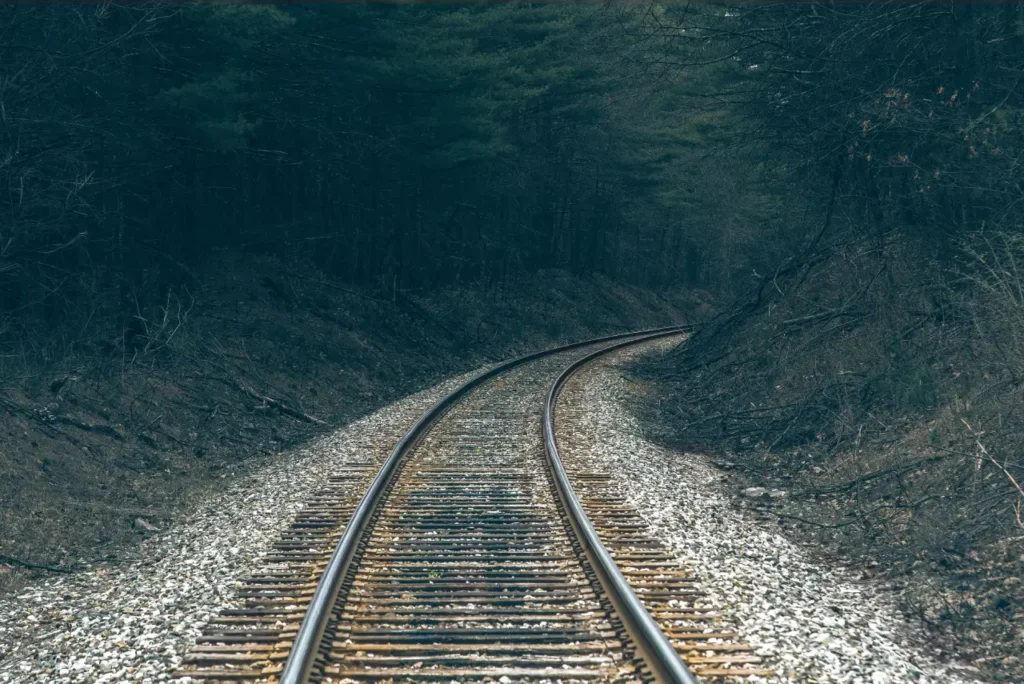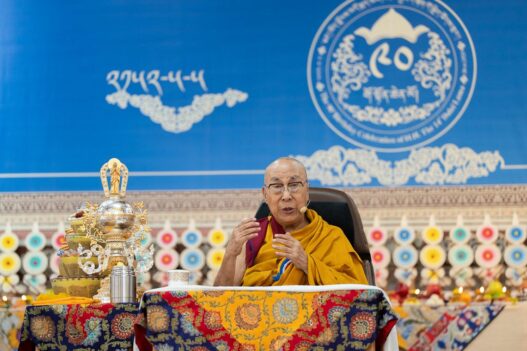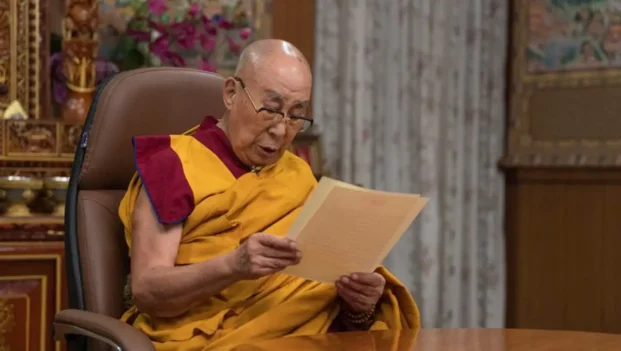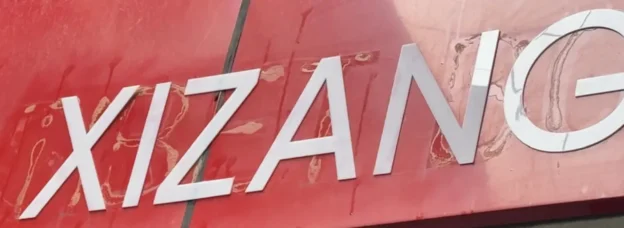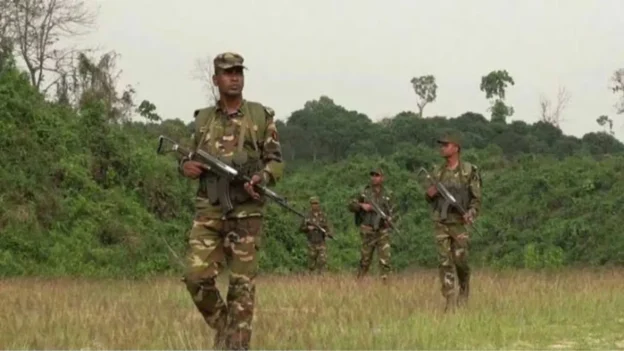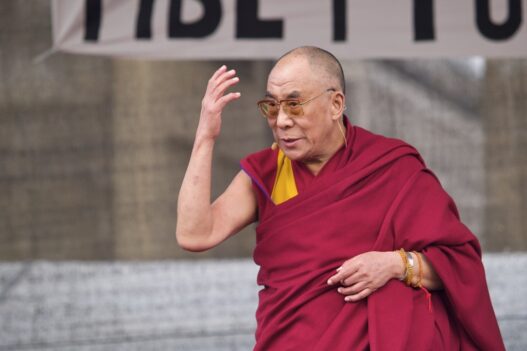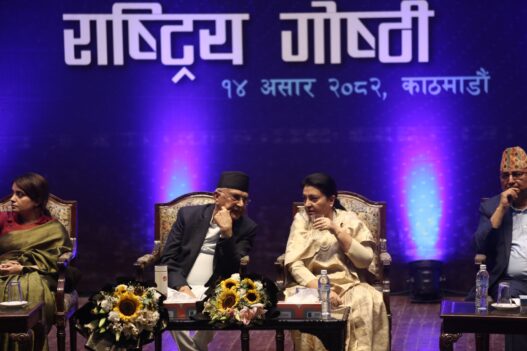The prospect of trains meandering through the scenic hills of Meghalaya may grow ever more distant, especially with the rise of the Voice of the People Party (VPP). The rail project has long faced resistance from various local political parties, and the VPP, now a dominant force in the Khasi Hills Autonomous District Council (KHADC), has signalled its strong opposition. Shortly after assuming office, the KHADC’s new leadership made it clear that they would oppose the project unless robust mechanisms were established to safeguard indigenous rights.
Like the United Democratic Party (UDP) and other local political groups, the VPP maintains that without stringent measures to regulate the influx of outsiders, railway expansion poses a significant threat. Having secured 17 of the 29 seats in the KHADC, the VPP-led Executive Committee holds considerable power under the Sixth Schedule of the Indian Constitution to protect indigenous interests. Local media reports have quoted the newly appointed KHADC Chief Executive Member (CEM) Shemborlang Rynjah as saying that the council will first assess the legalities and status of the railway proposal before taking an official stand. However, he emphasised that any move to introduce railway connectivity must prioritise the safety and security of the Khasi people.
The escalating opposition presents a growing challenge for Chief Minister Conrad Sangma, who has aligned with the NDA-led central government’s vision of enhancing transportation networks across the country. Prime Minister Narendra Modi has repeatedly stressed the importance of linking all state capitals by rail as a step toward national integration and economic progress. The Union Railway Minister has echoed this sentiment, urging Meghalaya to prioritise railway connectivity.
However, Meghalaya’s complex socio-political landscape demands a more nuanced approach. The KHADC has yet to issue a No-Objection Certificate (NOC) for railway expansion, a crucial step in moving the project forward. Meanwhile, Union Railway Minister Ashwini Vaishnaw has placed the responsibility squarely on the state government, pressing it to engage stakeholders within a fixed timeframe. While the Centre remains committed to railway expansion, Meghalaya’s leadership faces a difficult balancing act between economic development and strong local opposition.
The Meghalaya government has struggled to secure broad-based support for the railway projects, leading to mounting frustration in New Delhi. At a recent press conference, Vaishnaw refrained from shelving the Tetelia-Byrnihat and Byrnihat-Shillong railway projects—initiatives with nearly ₹200 crore in allocated funds—but his remarks underscored the Centre’s growing impatience. He warned that failure to resolve the deadlock could result in the diversion of funds to other states. Chief Minister Sangma, acknowledging the precarious situation, admitted that Meghalaya risks losing these funds if consensus is not reached soon.
The two projects facing resistance are the 22-km Tetelia-Byrnihat railway line and the 108-km Byrnihat-Shillong line. The ₹496 crore Tetelia-Byrnihat project has been stalled since 2017 due to fears of unchecked migration. Despite repeated discussions between the state and central governments, little progress has been made. A senior Northeast Frontier Railway (NFR) official revealed that land acquisition from the Meghalaya government remains a major hurdle. Bureaucratic delays, coupled with fierce public opposition, have further delayed the progress.
The United Democratic Party (UDP), an ally in the Meghalaya Democratic Alliance (MDA) government, has expressed willingness to consider goods trains but remains opposed to passenger rail services without a robust regulatory mechanism. BJP leader Mariahom Kharkrang has added to the debate, arguing that railway connectivity offers better passenger monitoring than road transport. He has advocated for the introduction of goods trains, citing their potential to reduce transportation costs for farmers and traders.
At present, Meghalaya has only one functional railway station—Mendipathar, in the North Garo Hills district. While the station is set to be redeveloped under the Railway Station Redevelopment Programme, broader expansion plans remain in limbo. The Byrnihat-Shillong railway project, sanctioned in 2011, remains unfinished after 13 years, with no serious efforts to restart the initiative or engage opposition groups.
The impasse over railway connectivity underscores the complex trade-offs between economic development and cultural preservation. The Meghalaya government must navigate these diverging perspectives, fostering a structured dialogue between traditional institutions, political parties, and pressure groups. While economic logic supports railway expansion, strong local resistance demands a more sensitive and inclusive approach.
As the debate rages on, the tracks to Meghalaya’s railway future remain unfinished—awaiting the consensus needed to lay them down.

